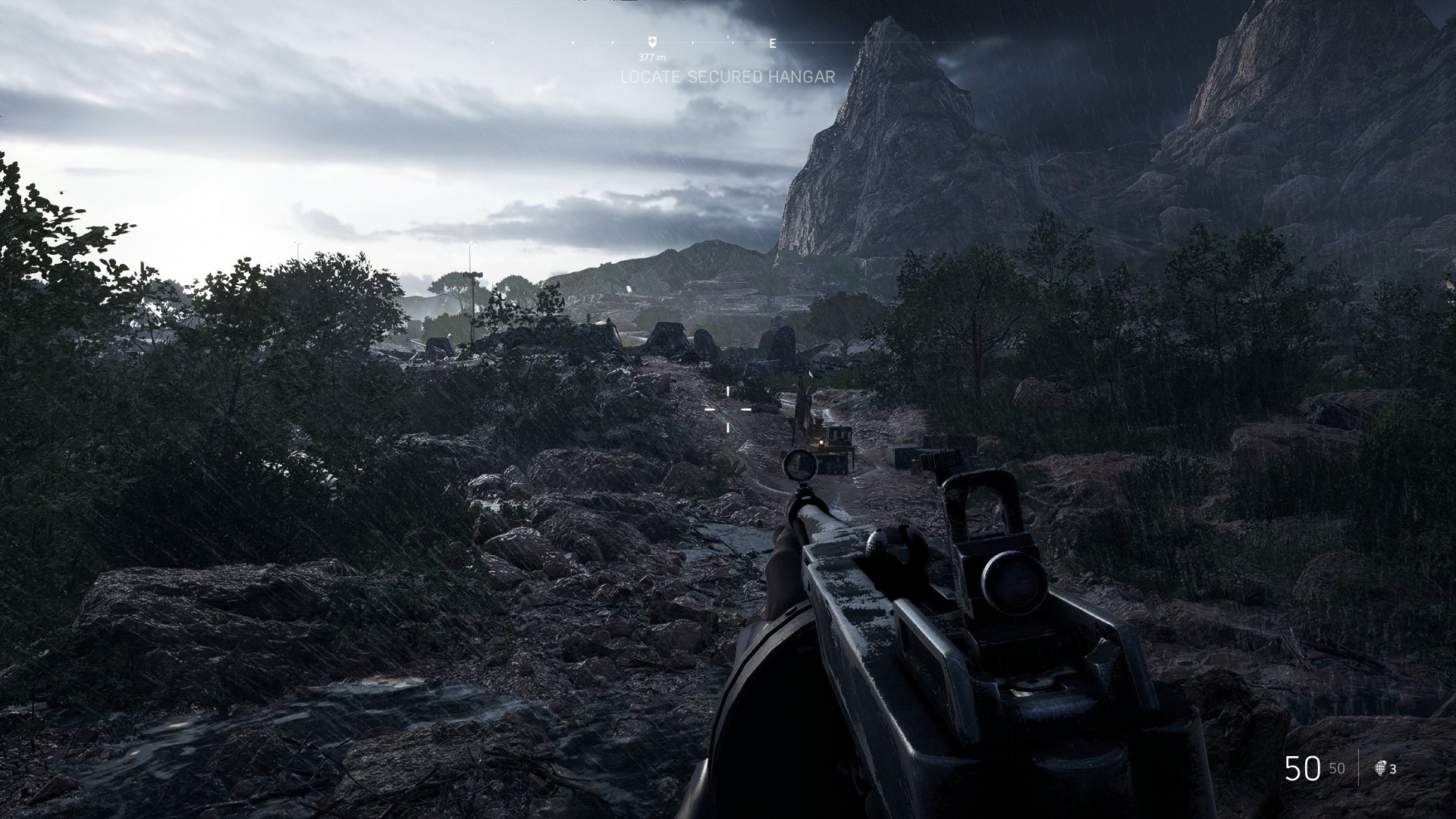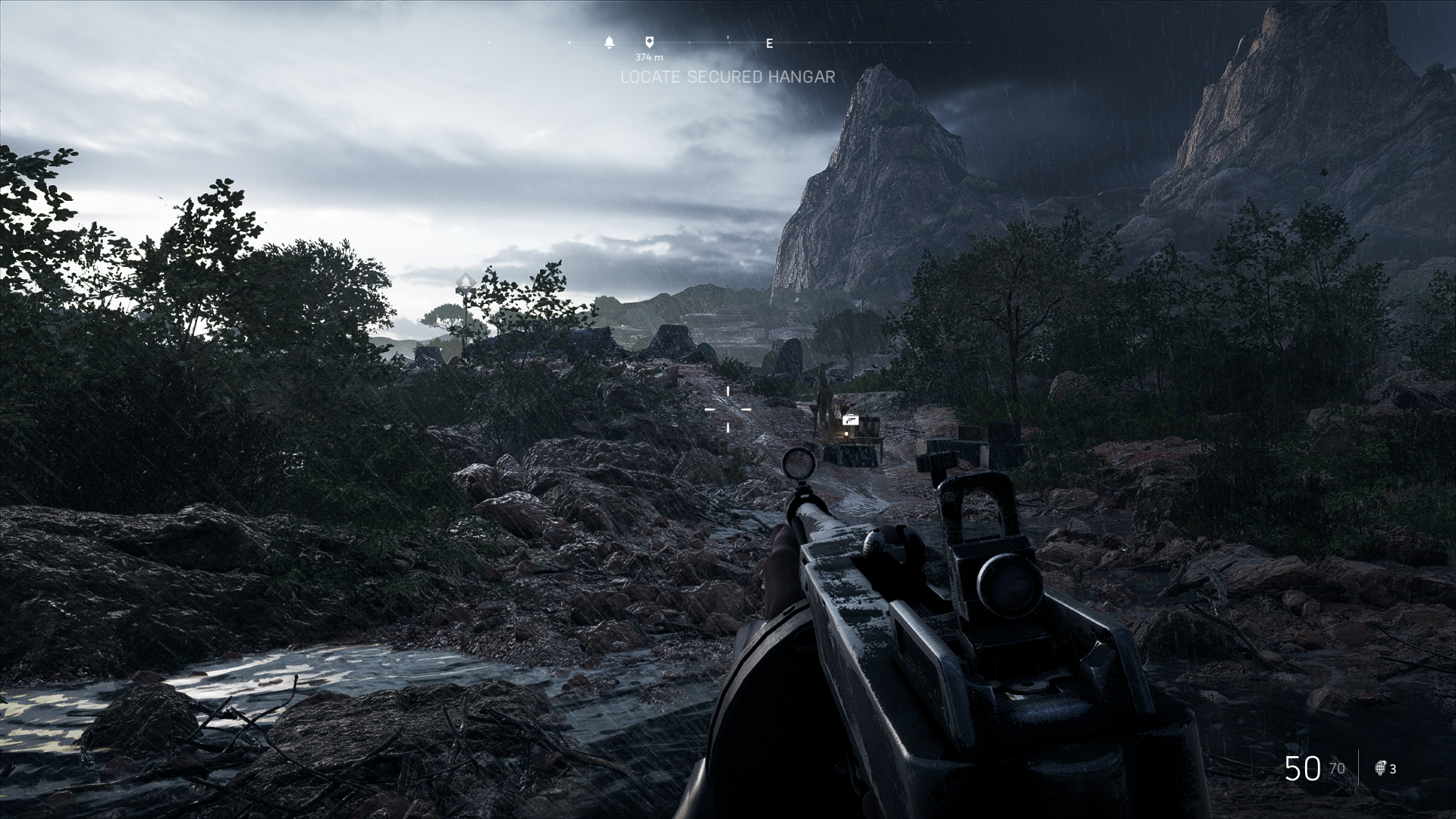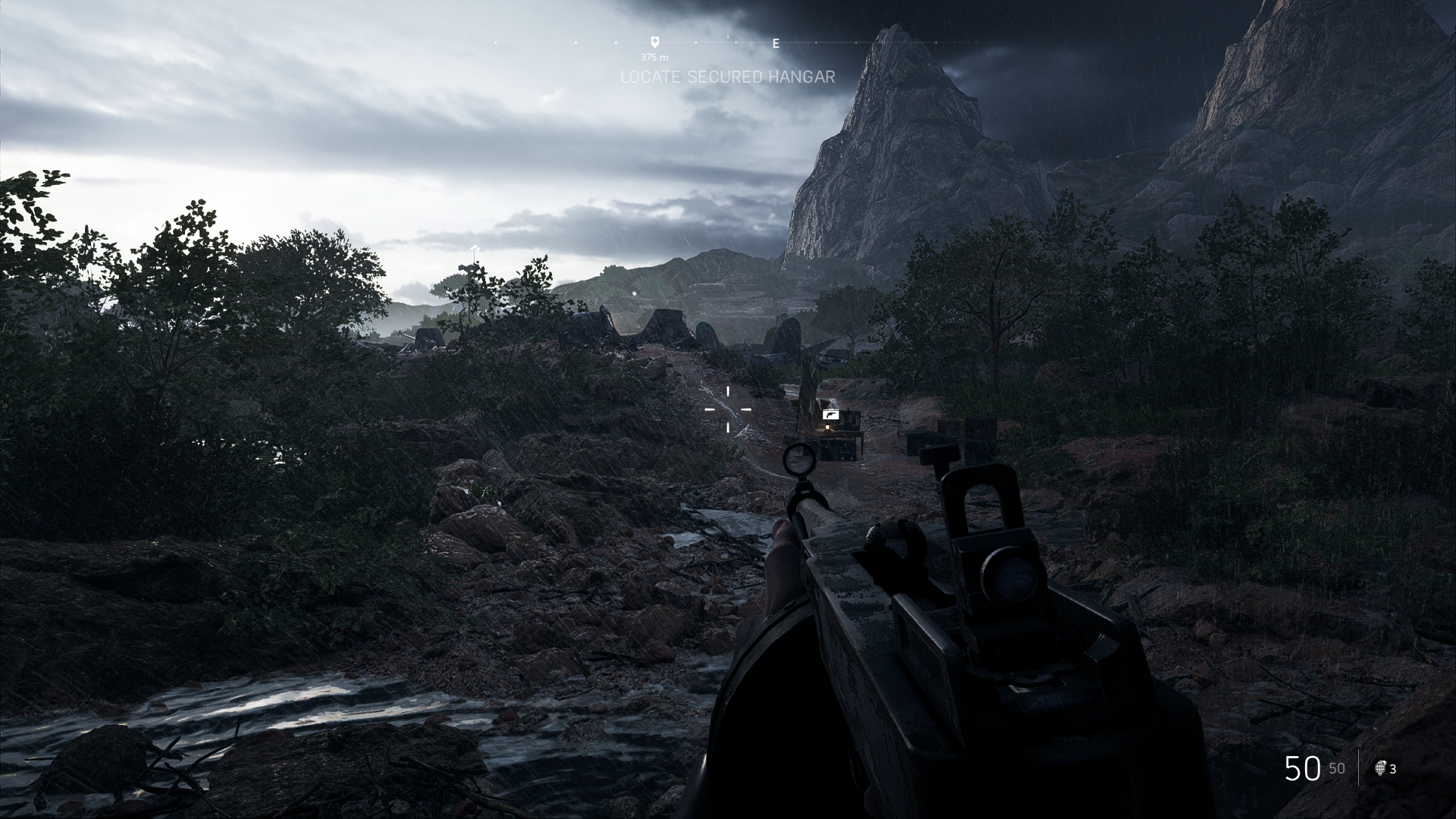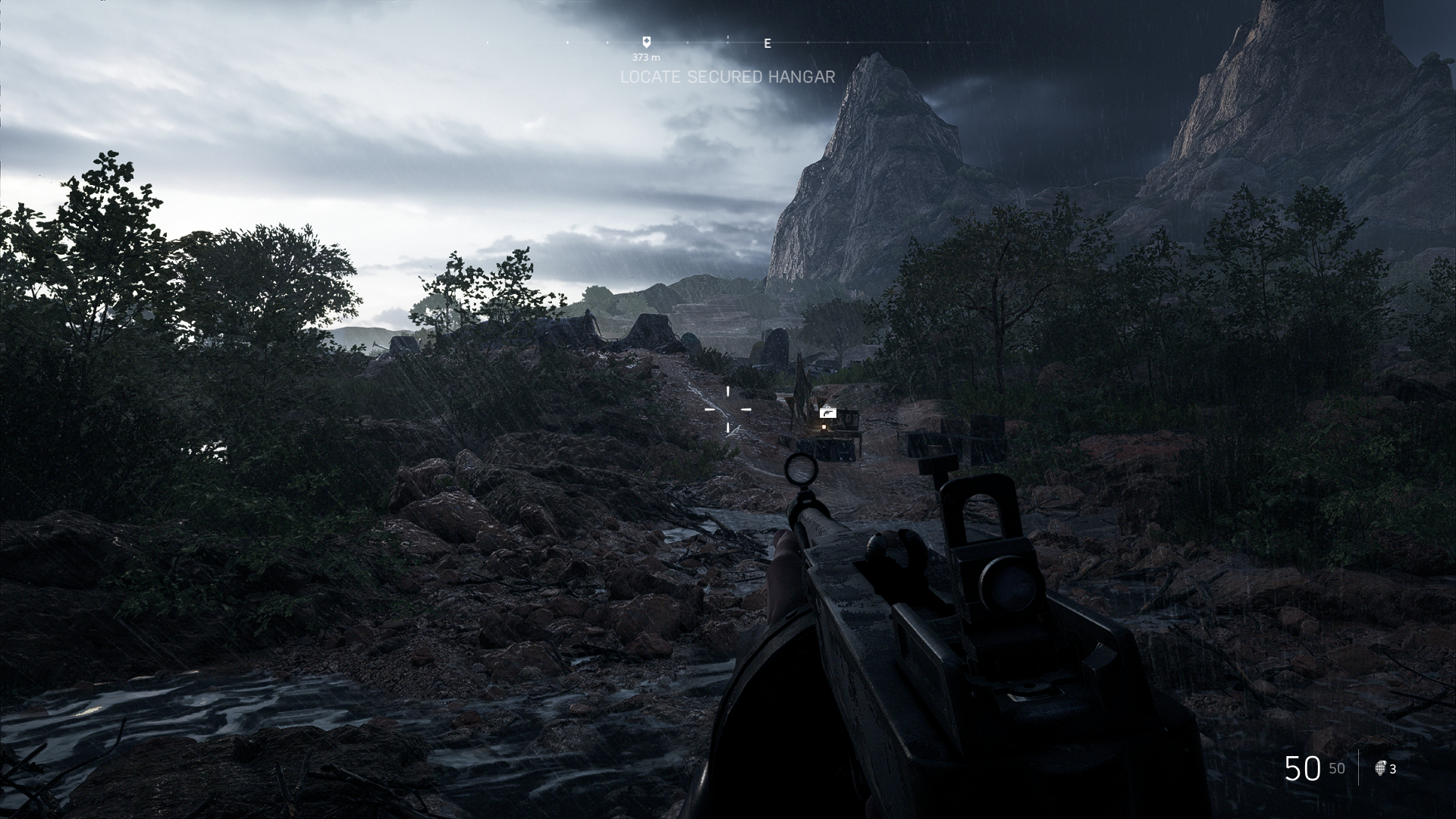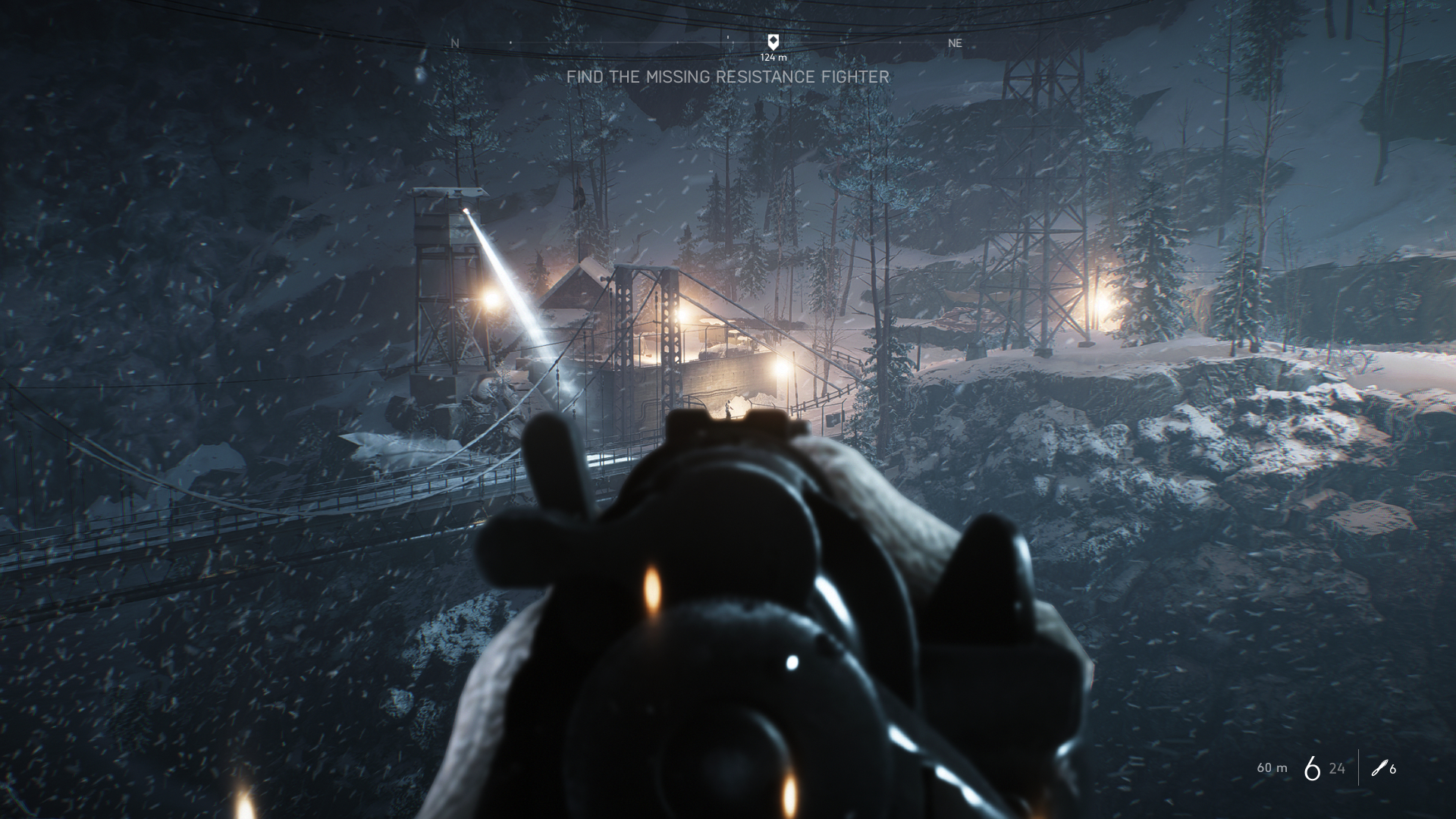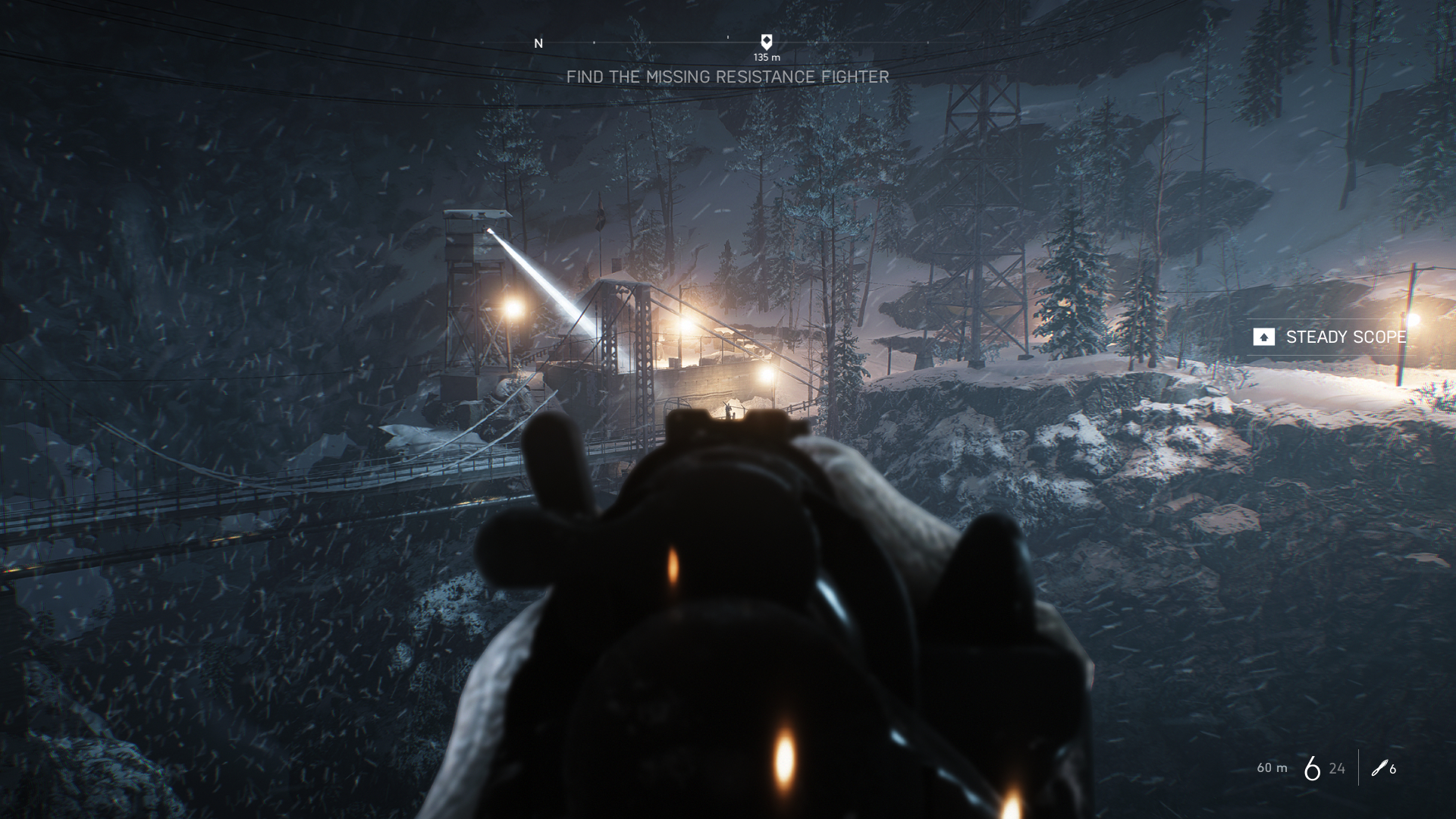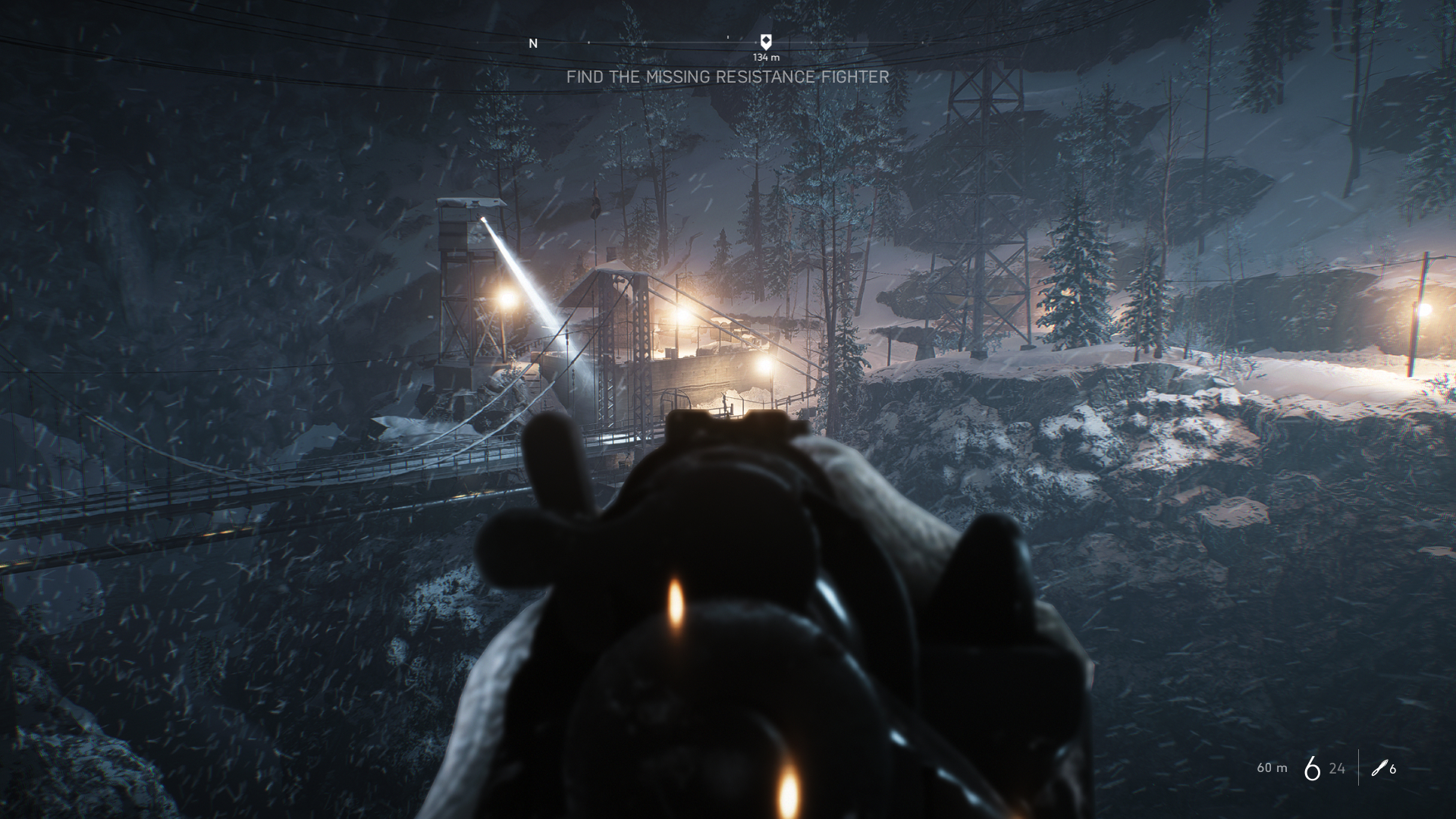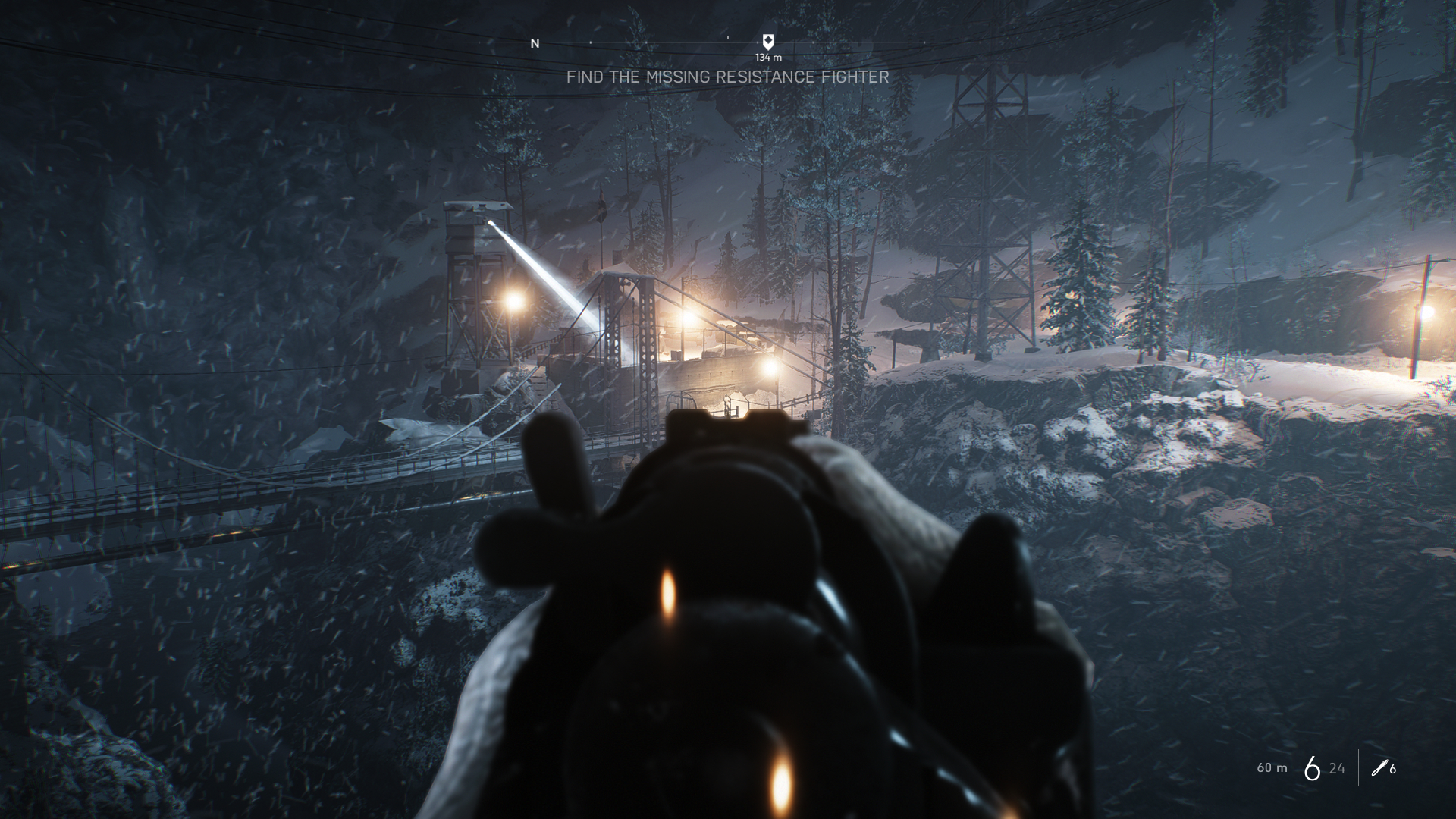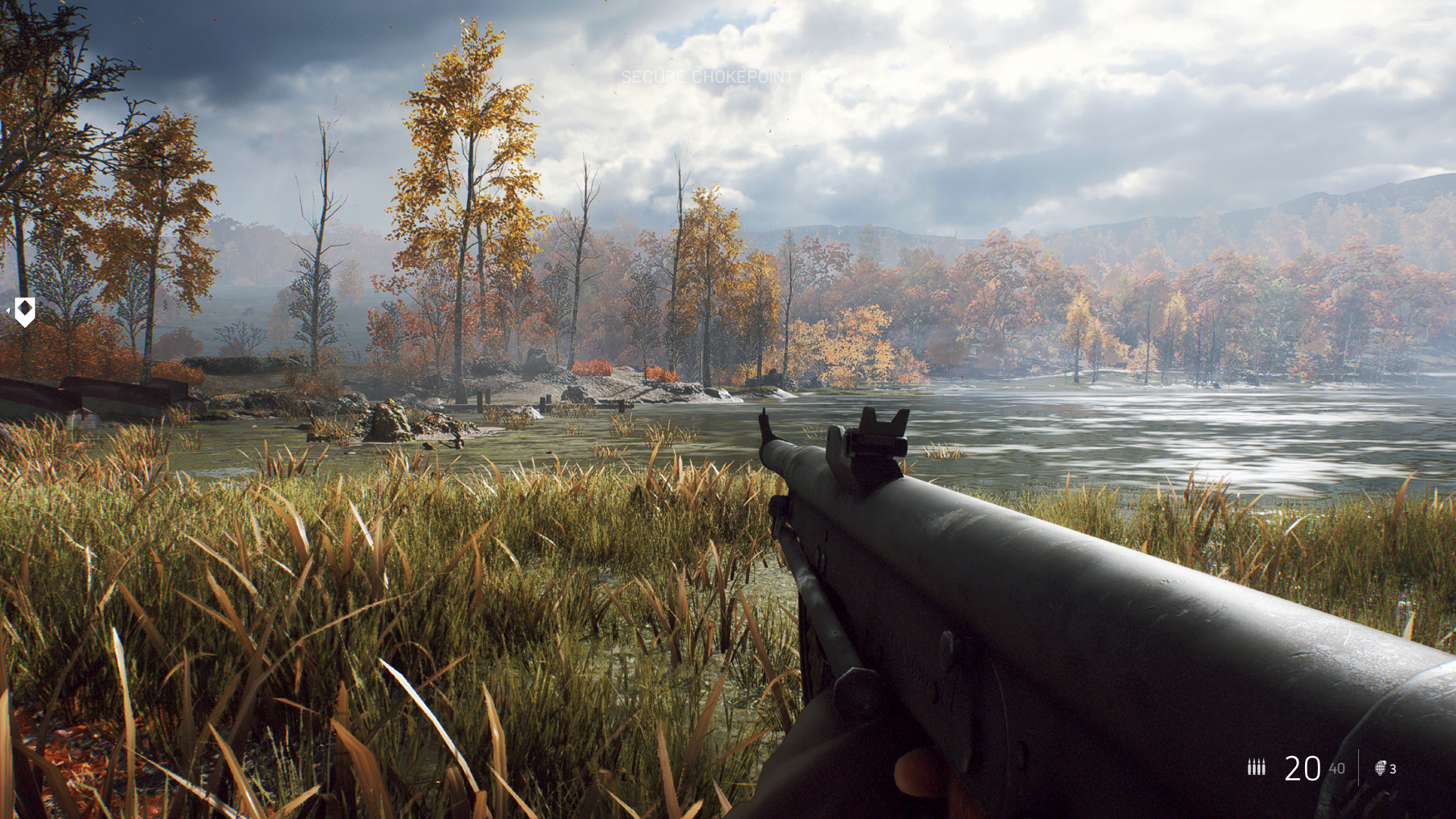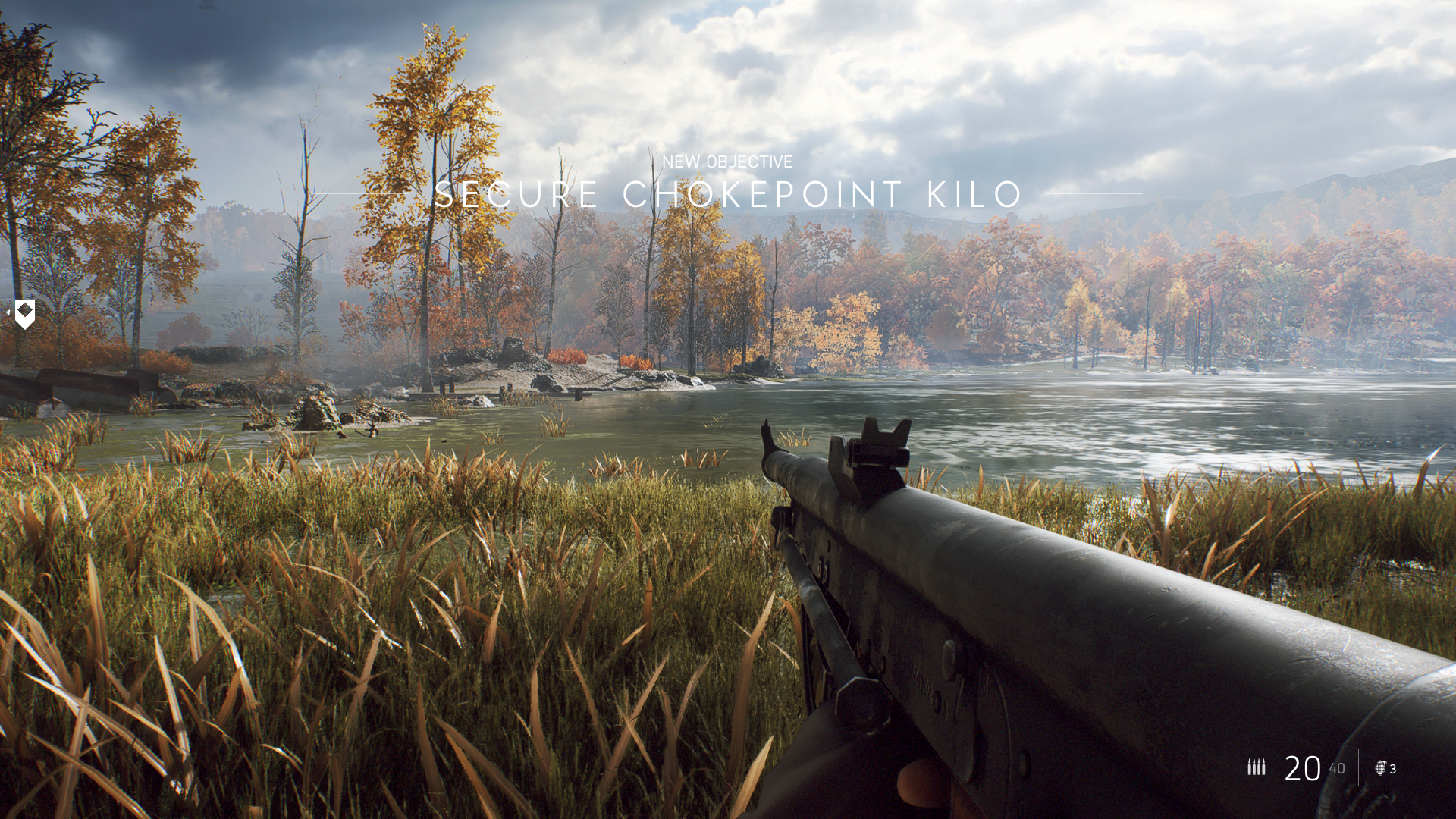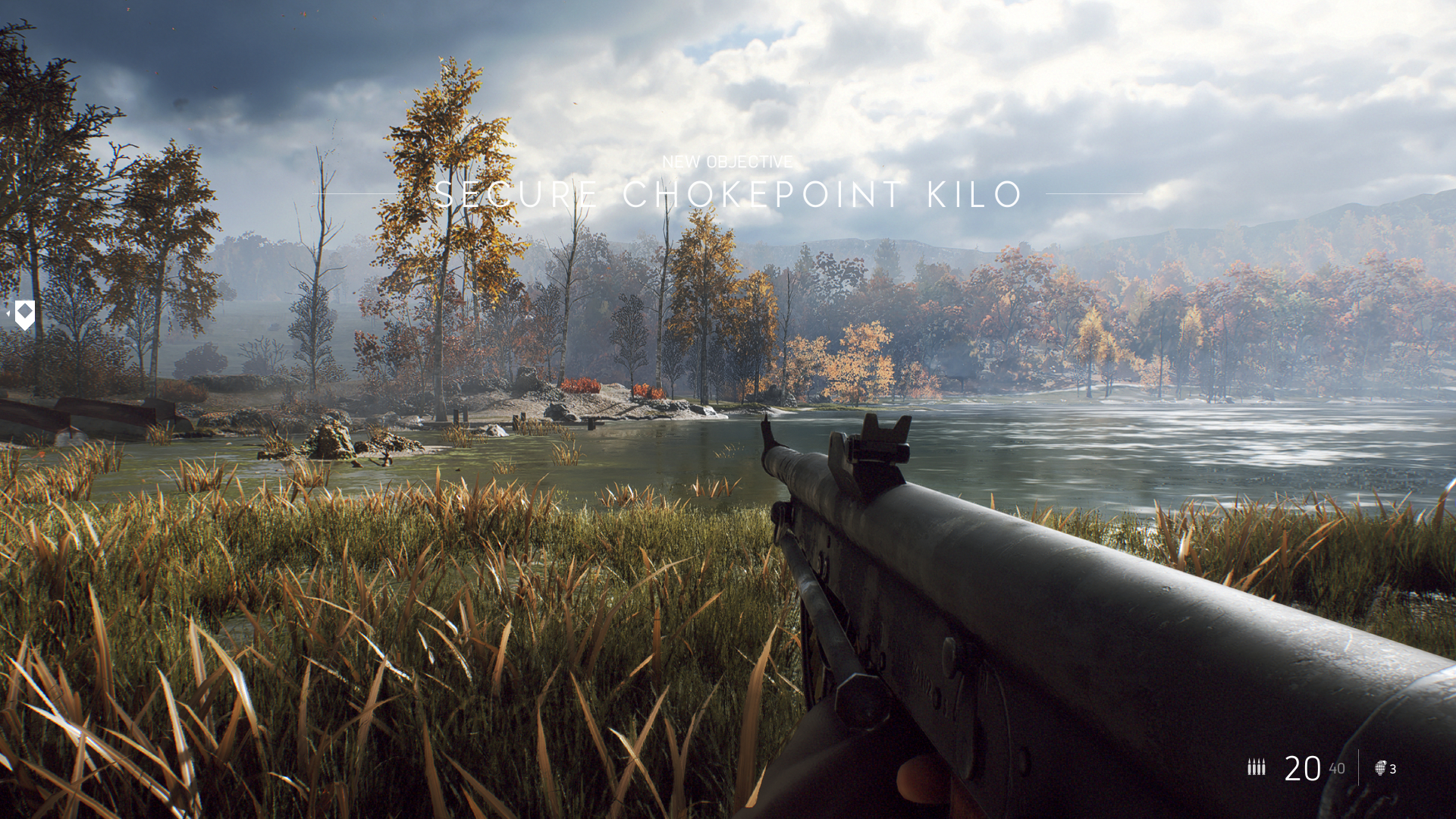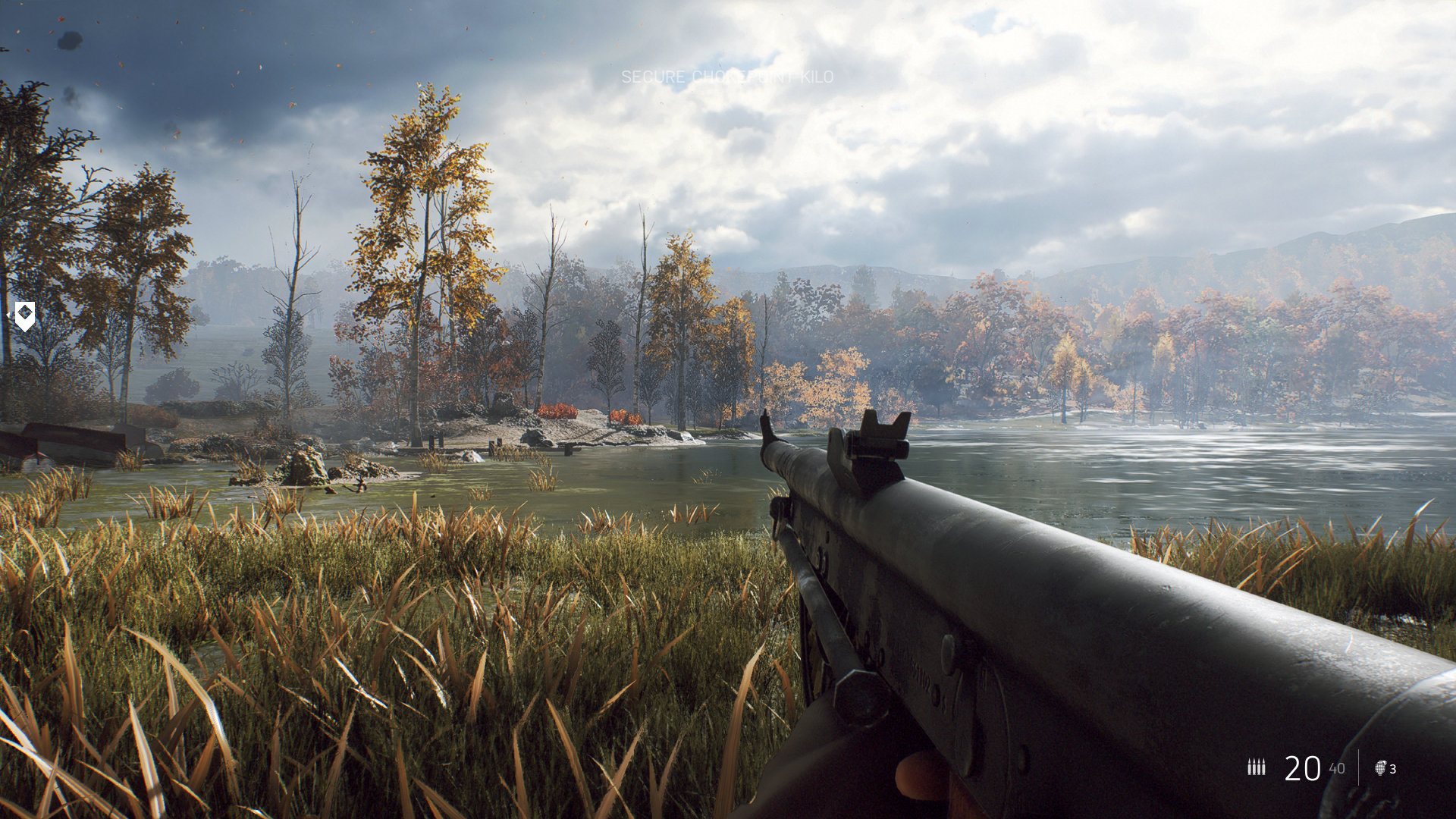
Games look better with each passing year. We expect that much, but now and then a breakthrough promises a huge leap forward. Programmable shaders. Hardware transformation and lighting. Low-level APIs. These advances have become so fundamental to modern 3D gaming that most gamers don’t think about them, but they didn’t always exist, and their introduction laid the foundation for today’s most stunning titles.
We’re on the verge of another breakthrough.
Just one problem. No games supported it at launch. Now, with the release of Battlefield V, we can finally test it, and the results are certainly stunning. But they don’t come without a compromise.
Let’s dive in
We’ve discussed the origins and purpose of ray tracing before, so we won’t retread the same ground. Instead, we dove into the action to answer the question everyone wants answered. Is
To find out, we fired up our standard test rig. It’s powered by an AMD Ryzen Threadripper 1920X paired with 32GB of
We tested at 1080p resolution at the Ultra detail preset, then toggled through testing with DirectX Raytracing (DXR) off and then at each of its four options: Low, medium, high, and ultra.
Can you notice the difference?
DXR
Game developers and artists have come up with convincing tricks to mimic the look of light bouncing off objects, but you’ll see it break down if you pay attention. That’s why the water is so difficult for games to get right. It’s often either too opaque or too reflective. That’s also why light often looks less diffuse or isn’t the proper color. If light reflects of a red wall in reality, you’d expect to see a red tinge to the light bouncing off it. That doesn’t happen in games.
That’s a specific scenario, however. Artists have learned how to mimic proper lighting without
Cue a screenshot from the first mission, Under No Flag.
This is an impressive shot even with DXR off. There’s a wide range of lighting, from the dimly lit cliffs, to the glow of distant clouds, to the glitter of nearby puddles. Turn DXR on, however, and… well, the difference isn’t easy to see.
That’s not to say it’s invisible. Examine the wet rocks near the player. They have a uniform sheen with DXR turned off, while turning DXR to low introduces subtle shading. The nearby ponds also shimmer less. The result is a more realistic look. With DXR off, they appear as if made of shiny plastic. DXR low, and even medium, doesn’t negate that problem – but it certainly helps.
Turning DXR up to high, and then ultra, introduces a more drastic change. The entire scene becomes darker as the bright highlights visible on many objects disappear, replaced by more subtle and realistic reflections. The character of the player’s gun changes completely. At lower DXR settings, it looked polished and gleaming. With DXR at high or ultra, it appears dull and worn.
We like the effect. It’s a bit hard to notice in motion, though, and not a clear-cut win. The better DXR settings in this shot look extremely dark. A lot of detail is lost, and the image looks flatter and less dynamic as a result. In a salty mood, we might argue the darker look of DXR high/ultra makes the game more difficult to play.
That said, we do think DXR high/ultra looks better overall. The extreme shimmer of wet rocks at lower DXR settings serves as a glaring reminder you’re playing a game.
Let’s move on to the second mission, Nordlys.
Here you encounter a much different environment. Gone is the wet, stormy, mid-morning scenario, replaced by a cold and mountainous winter in the dead of night. That means reflections are less common, light sources fewer, and the opportunities to see
Turning DXR
Clearly, the artists wanted a reflection in this scene, so they made sure it was there.
DXR seems to impact the color of lightning in the complex across the bridge. The light appears cooler with DXR off and warmer with DXR on. It also appears slightly more defuse with DXR on, with a more detailed gradient of light across surfaces, like the concrete wall in the center of the screen. Yet this is a minor difference and doesn’t necessarily look better. Just different.
In summary, there’s little improvement to this scene when DXR is turned on.
Our last example is a pristine lake in the middle of autumn. You might think the water’s reflective surface would offer a prime chance for DXR to show off – but check out the trees and the water on the right side of the shot. The reflections of those trees appears only when DXR is turned off. With DXR on, they disappear.
That’s opposite of what you’d expect, and it shows how
With DXR
Clearly, the artists wanted a reflection in this scene, so they made sure it was there. Turn on
While the lake’s less attractive appearance with DXR on was unexpected, the gun again gives DXR an advantage. The shots with DXR off, as well as DXR low, render the lower barrel and frame as mostly obscured by shadow. Setting DXR to medium or higher improves shadow detail, making the gun’s screws and rivets stand out.
Ray tracing in motion
These three shots offer a chance to go in-depth on image quality of a scene, but games aren’t still images. They’re fast moving and fluid, and that can drastically change how effects are perceived. Here’s what the game looks like in motion with DXR
We think this Battlefield V clip drives home just how little a difference you’ll notice in most scenes while playing the game. With few reflective elements obvious, it’s hard to see how
Admittedly, our clip isn’t an ideal scenario. An ideal scenario would involve combat over a puddle of water or next to a glossy storefront window. Yet we don’t think it’s fair to examine DXR based only on ideal scenarios. When turned on, it’s in constant operation. You can’t use it only when the benefits might be noticed.
A performance hog, but a recent patch helps
This brings us to the one thing we’re sure you did notice in the clip. The framerate. With DXR
We used OCAT to examine the framerate of Battlefield V across three test runs, one in each of the first three campaign missions. These test runs started at identical checkpoints and lasted sixty seconds, during which we followed a similar path. Our first round of tests happened just after the game launched, but Nvidia and DICE have since worked together on a patch to improve performance. While it still takes a toll, the feature works much better with the patch installed.
The GTX 2080 happily conquered Battlefield V at 1080p and ultra detail when DXR was left off. The second mission, Nordlys, saw the best average of 106 frames per second. The third mission, Tirailleur, saw the worst average at 91 frames per second – but that’s still a smooth experience.
Prior to the patch, DXR
Luckily, the patch has fixed that issue, drastically improving performance in most situations. The Tirailleur mission’s framerate, with DXR on ultra, doubled from 24 FPS to 52 FPS. Other missions saw a smaller but still notable bump. At Ultra DXR, the Nordlys mission leapt from 47 FPS to 62 FPS.
The patch’s improvement makes the difference between an experience that’s hard to enjoy, and one that feels polished. While the RTX 2080 doesn’t quite hit the magic number of 60 FPS in all scenarios (at 1080p resolution), it often comes close to that figure, and sometimes exceeds it. That’s not bad, and offers PC gamers who want cutting-edge graphics a chance to push the hardware beyond anything possible on older video cards, or any game console.
Multiplayer can perform better than single-player
The testing and screenshots discussed so far all involve the single-player campaign. There’s good reason for that. Battlefield V has hectic multiplayer across large maps, and that can complicate testing and throw off results. Still, we wanted to give it a go and see how it’s different from single player. We played several matches, and ran specific test runs on the Hamada map.

We expected that multiplayer would be demanding, but in general we found it less so. Multiplayer maps tended to run at higher framerates than any single-player campaign mission. At 1080p resolution, ultra detail, and DXR
We saw a performance reduction with DXR
Battlefield V does look more realistic with DXR set to ultra, but improved realism doesn’t automatically make a game look better.
It’s not a miracle, however. While multiplayer performed better with DXR on, we saw a less noticeable difference in image quality. The Hamada map offers few reflective surfaces to show of ray tracing’s glory. Other maps are a bit more favorable, but in general it seems the multiplayer maps are tuned for performance more than showmanship. That makes sense, as the number of on-screen characters and vehicles tends is constantly higher in multiplayer than in single-player.
What do these results mean?
Ray tracing’s debut in Battlefield V isn’t the clear-cut victory Nvidia might have hoped but, after a recent patch, it shows promise. The image quality difference isn’t always easy to notice and, frankly, doesn’t always seem worth the trade-off in performance. DXR
DXR
Yet the recent patch offers hope. It makes the game playable with DXR on and a RTX 2080 installed, and it gives PC gamers a new image quality standard to strive for. High-end PC hardware has become so fast that many players are turning towards 120Hz and 144Hz monitors to see the performance their rigs can muster. It’s exciting to again see a major new visual quality feature that can challenge high-end hardware.
More on Battlefield V and ray tracing
- Battlefield V review
- Windows 10 October 2018 Update brings DirectX ray tracing to gaming PCs
- What is ray tracing, and how will it change games?
- ‘Battlefield V’ multiplayer tips and tricks
Still, our tests also leave us with questions about games will use DXR
Where DXR


